1.Tibetan Tsampa
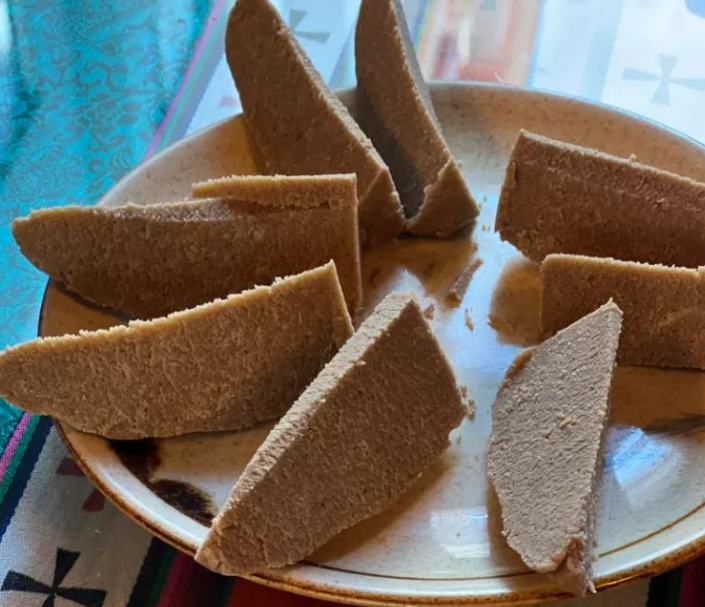
Tibetan tsampa is one of the staple foods of the Tibetan people. It has rich nutritional value and a variety of ways to eat it. Tsampa is mainly made of roasted highland barley and ground into flour. When eaten, it is usually mixed with butter tea, milk residue and sugar, and then kneaded into a ball by hand. This food is not only convenient and practical, but also has high calories and the effect of resisting the cold, so it is particularly suitable for consumption in the cold Qinghai-Tibet region. In addition to being a daily staple food, tsampa is also often used as a necessary food for entertaining guests. When guests visit, the host usually provides tsampa and butter tea. Due to its portability and storage resistance, tsampa is also a must-have food for Tibetan herders when they go out.
2.Butter Milk Tea
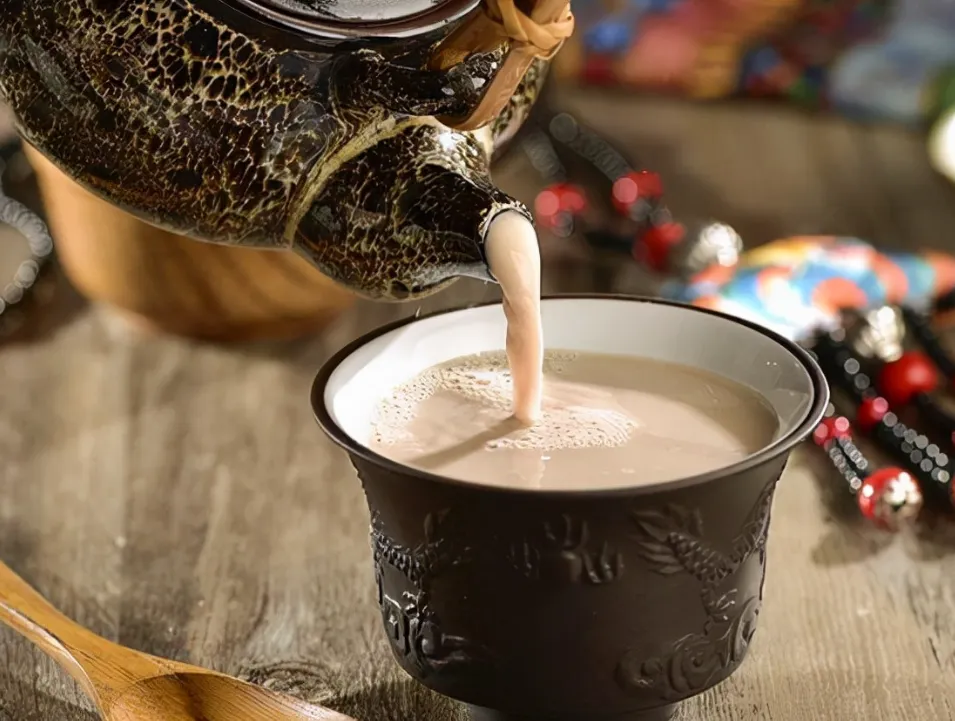
Butter tea is a special drink in Tibet. It is a mixture of butter and strong tea. It tastes salty and fragrant, and sweet. It is the main drink of the Tibetan people and is often consumed with the staple food tsampa. Butter tea not only provides the body with the necessary nutrients and calories, but also helps relieve altitude sickness. In addition, it has the effects of warming the body, keeping out the cold, quenching thirst and aiding digestion. In Tibet, both local residents and tourists regard drinking butter tea as an important etiquette of hospitality.
3.Hidden Face

Tibetan noodles are a traditional delicacy in Tibetan areas. Their uniqueness lies in the use of slightly concentrated alkaline water to make the noodles yellow. After cooking, add yak beef bone soup and other ingredients such as cooked vegetable oil, beef or mutton cubes, mix well and serve. The soup of Tibetan noodles is delicious without any flavor enhancers, and it tastes hot and fragrant. In addition, most Tibetans are accustomed to eating it with a dish of pickled radish.
4.Tibetan Cheese Cake

Tibetan cheese cake is a famous pastry in Tibet Autonomous Region, often used as a delicious snack to entertain guests. Its main ingredients include butter, milky white starch extracted from cream, sugar, ginseng fruit, raisins and peach kernels. During the production process, the starch is ground into powder and mixed with butter, sugar, etc., and made into a round or square shape, and the surface is decorated with red and green silk patterns representing auspiciousness and longevity. After steaming, this pastry presents a rich milky flavor. It is not only delicious, but also has the effect of nourishing and strengthening the body. It is deeply loved by people of all ages and ethnic groups.
5.Tibetan blood sausage
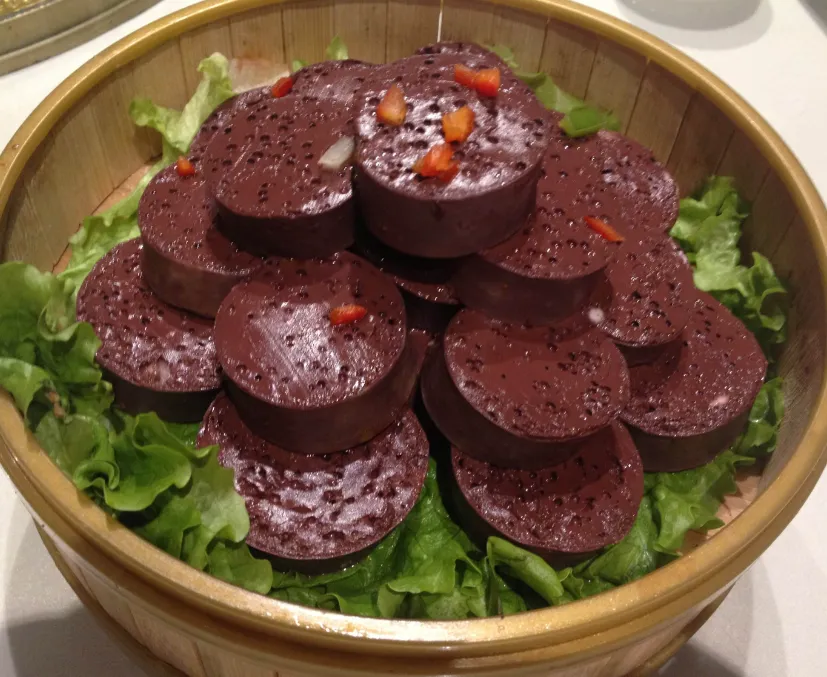
Tibetan blood sausage is a special delicacy in Tibet, with sheep blood and mutton as the main ingredients. When making it, first chop the mutton, mix it with sheep blood, salt, pepper and tsampa powder, and then stuff it into the intestines. The cooking method is similar to sausage. Put the blood sausage into boiling water and cook until it floats and turns grayish white, about 80% cooked. This dish has a fragrant taste, is soft and tender, not greasy and rich in nutrition. It is especially suitable for people with weak constitution and cold stomach. However, it should be noted that people with internal heat symptoms and patients with certain diseases should avoid eating it.
6.Highland barley wine
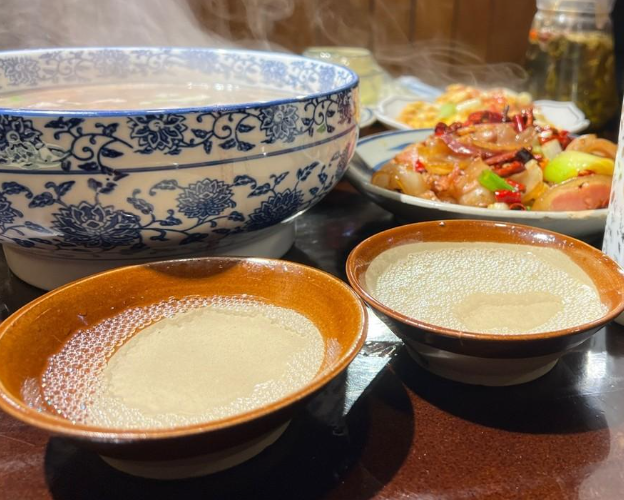
Highland barley wine is the favorite drink of the Tibetan people, especially during important festivals and celebrations. This wine is made from highland barley, a grain unique to the Qinghai-Tibet Plateau, and has a soft taste and a fresh fragrance. It is not only soft, fragrant and sweet, but also has a low alcohol content, so it will not make people feel spicy or drunk. Although some people may have adverse reactions after their first try, such as headaches and stomachaches, its deliciousness and uniqueness still attract a large number of tourists and local residents. When traveling in Tibet, tasting a glass of highland barley wine is an indispensable experience.
7.Air-dried beef and mutton

Air-dried beef and mutton is a local snack with unique characteristics in Tibet. After being naturally air-dried, the meat becomes crispy and has a unique taste that is unforgettable. The production process of this food is very simple, requiring only beef and salt. At the end of November every year, when the temperature drops below zero, the beef and mutton are cut into small strips and hung in a cool place to air dry. This not only removes moisture but also preserves the freshness of the meat. The air-dried beef has a strong beef aftertaste, as if the essence is concentrated. In the high-altitude cold areas of Tibet, air-dried meat is very popular because food is not easy to rot and deteriorate, and is often taken home as a specialty souvenir.
8.Yak Yogurt
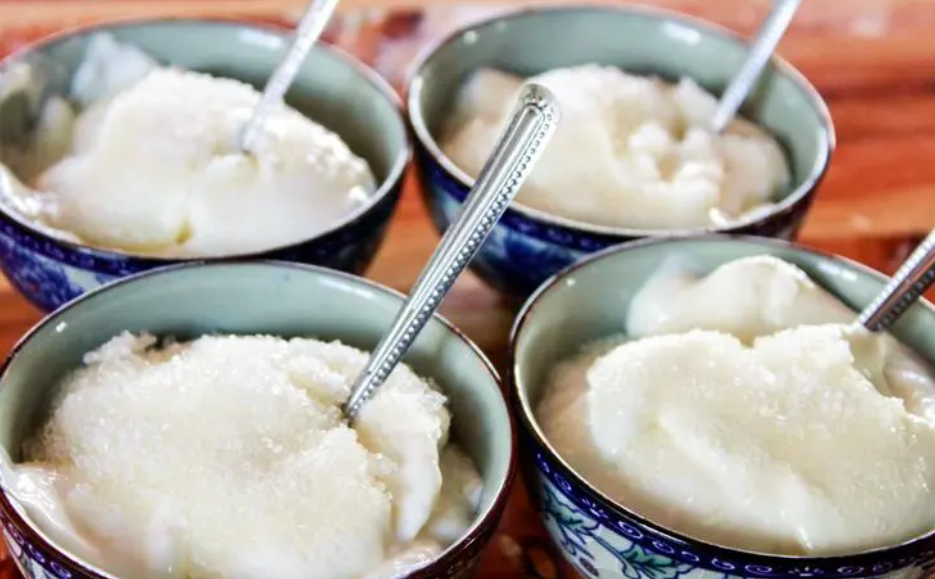
Yak yogurt is a traditional cold milk drink in Tibet, which is loved by local residents and tourists for its rich nutrition and digestive properties. The characteristic of this yogurt is that its surface is creamy yellow hard milk skin, and the bottom layer is white as jade, sour and sweet and cool yogurt. The yak yogurt made by the Tianjun Tibetans is particularly famous. It tastes fresh and slightly sour. After adding white sugar, it tastes sour and sweet, cool and delicious. In addition to its nutritional value, yak yogurt also has the effect of increasing appetite. It is an indispensable part of the daily diet of Tibetan compatriots.
9.Steamed buns with dregs of milk
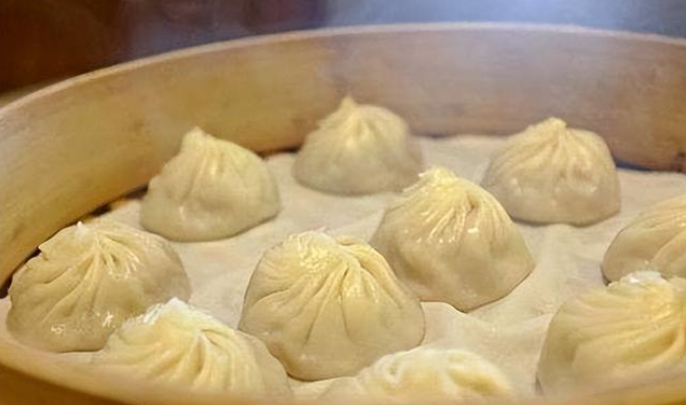
Steamed buns with milk residue is a special delicacy of Tibetans and a staple food loved by local Tibetans. It is made from the milk residue left after boiling fresh yak milk and extracting butter in a unique traditional way of Tibetans. Fresh milk residue is sour and white with a strong milky smell. After being dried, it becomes a favorite snack of Tibetans. This unique taste makes many foreign tourists unaccustomed, but it is a delicious snack for Tibetans and Han people, young and old.
10.Tibetan Yak Beef Hotpot
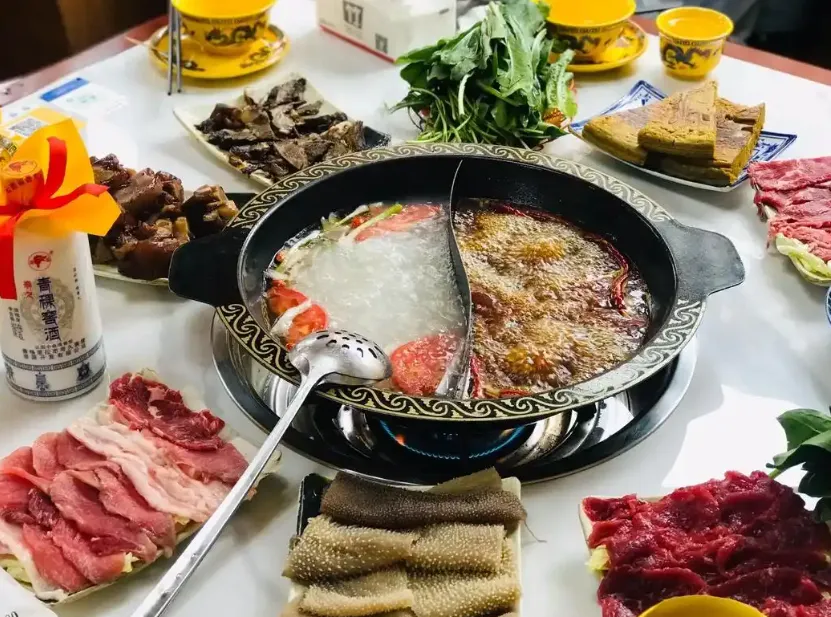
Tibetan yak beef hotpot is a leader in Tibetan cuisine. Its uniqueness lies in the fact that yak beef and various ingredients are neatly piled in the pot, like a small hill, and then stewed with yak bone broth. This cooking method instantly turns the large copper pot into a work of art, and the ingredients in the pot are colorful and pleasing to the eye. In addition, the taste of Tibetan yak beef hotpot is somewhat similar to the Northeastern stew, but it pays more attention to the color and matching of the ingredients, bringing diners a double enjoyment of vision and taste.
